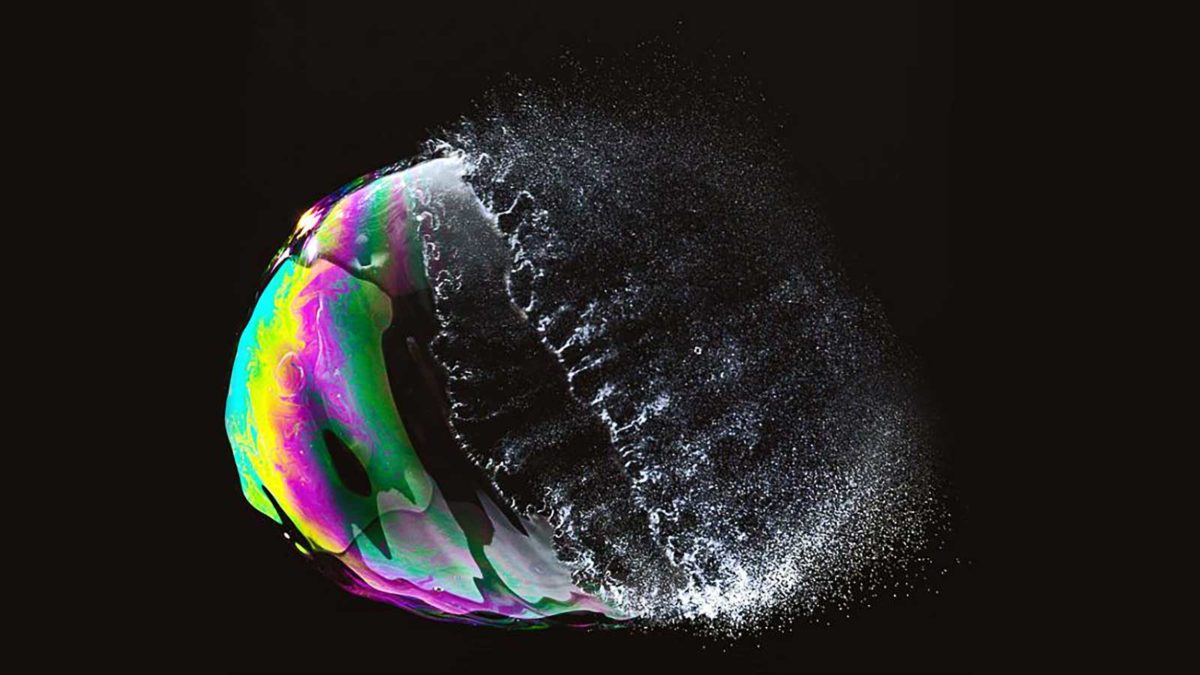Bubble, what bubble?
As the calendar turns over to another year the bubble talk picks up once again. Listening to a popular US podcast called Animal Spirits during the week they referred to the acronym ‘FUD’ referring to Fear, Uncertainty and Doubt.
Specifically, the hosts were referring to the power of negative headlines, talking about bubbles, busts valuations, geopolitical and other risks and what there was to gain from said statements. Of biggest concern, however, was the fact that those most susceptible to negative headlines usually have the most to lose by acting on them.
There have been four main drivers of news flow in late 2021 and 2022, that being inflation, interest rates, green investing and the B word, ‘bubble’. It’s hard to remember a time within the last 13 years that some part of the market, or the entire market in general hasn’t been referred to as a bubble.
The proliferation of information and data has meant everyone must be more outrageous to gain traction, hence the term bubble is now heard on a daily basis, particularly around technology and other stocks. But is it really warranted?
A cursory look at the performance of the S&P500 and Nasdaq over the last 12 months would suggest it is. Record returns and some 80 new all-time highs point to a market nearing its peak. Yet looking under the hood tells a very different story.
2021 was a record year for IPOs, but particularly those coming from the technology sector, with companies like Airbnb, Coinbase, Robinhood and Rivian raising huge amounts of money on large valuations, despite little if any profits being created. Looking at the time of listing and many would agree it look like the market was in a bubble, yet in the months since it is a very different story.
Just 33 per cent of all those companies that listed in 2021 still trade above their issue price. And of those companies listed above only Airbnb is trading above its issue price. Robinhood is down over 50 per cent and both Coinbase and Rivian have fallen 30 per cent since their listing.
Yet the sell off hasn’t occurred solely in IPOs and smaller companies, some of the biggest names in the world have been impacted. For instance Moderna, the creator of the COVID-19 vaccine has fallen 55 per cent from its one year high, Twitter is down 50 per cent and Paypal 40 per cent.
It’s likely this trend is set to continue for the foreseeable future, with massive dispersion between the entire index of companies. This should be a rewarding environment for truly active managers.









